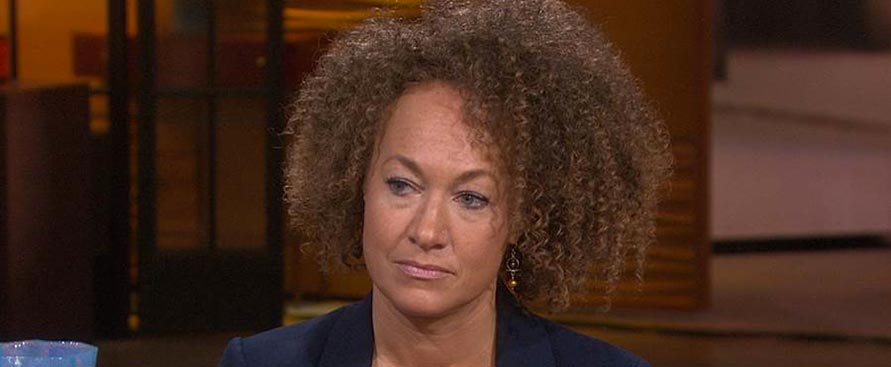After Martin Luther King Jr. was assassinated in 1968, educator Jane Elliot held an experiment with her elementary school students that she called “Blue Eyes, Brown Eyes.” The experiment became famous, and she repeated it for various audiences for years, often including one particular key moment where she asked the White participants in the audience to stand if they wanted to be treated the same way that Black people were. When no one stood, she forcefully pointed out the hypocrisy of passivity in the face of racism, for, she explained, everyone knew exactly how Black people were being treated, and didn’t want to be treated the same way themselves.
Login to read more
Sign in or create a free account to access Subscriber-only content.
Topics:
